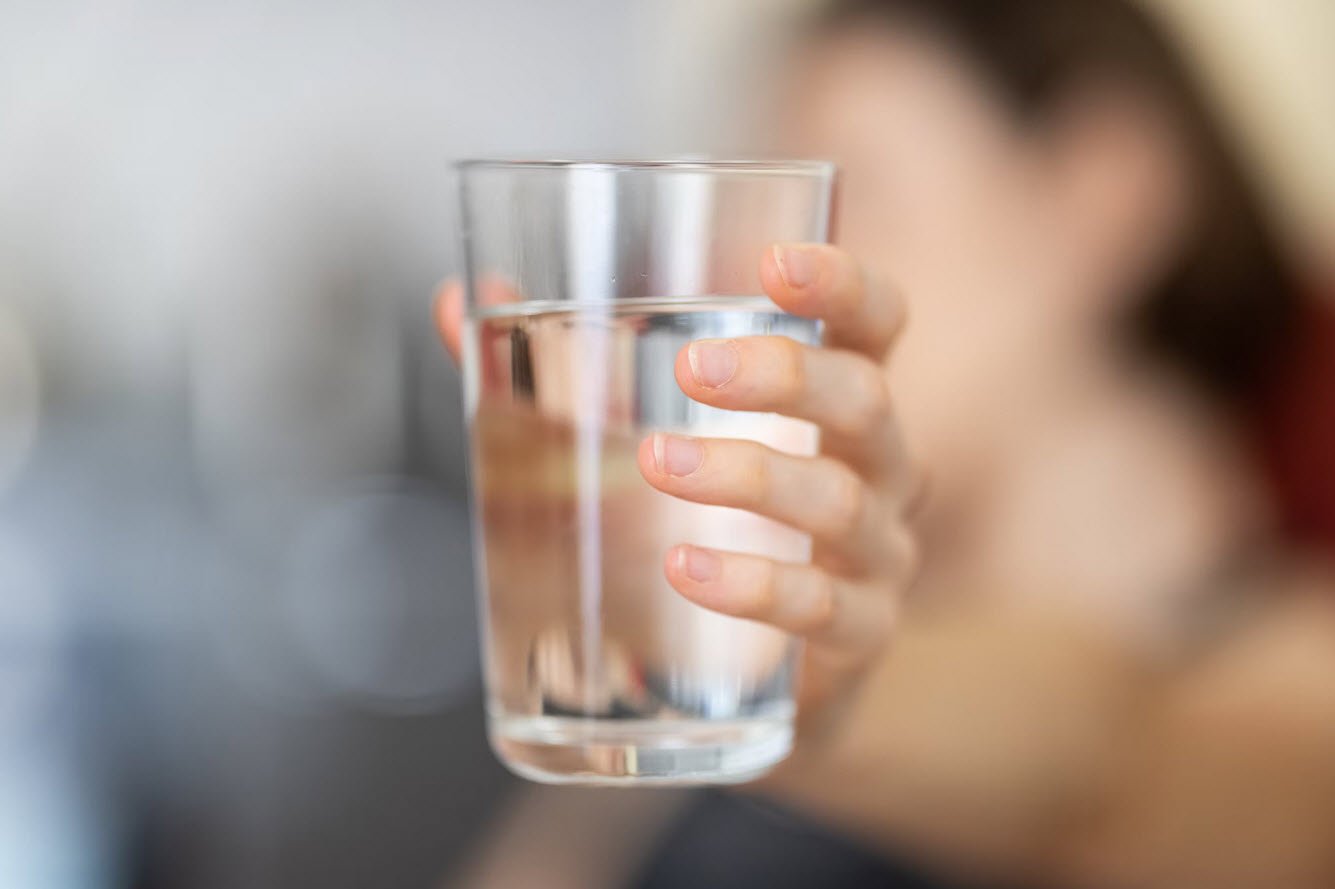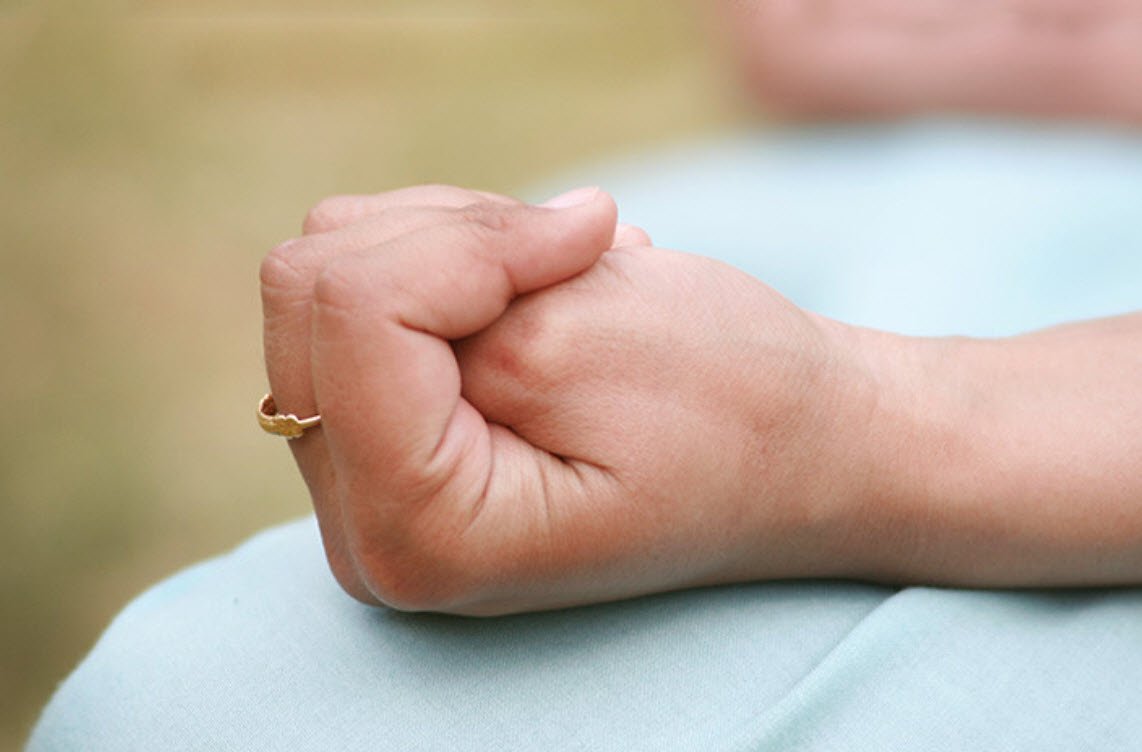
Wash your face, steam it, lightly exfoliate it, apply a face pack/mask, rinse with cool water, apply toner, and moisturize. Choose products that are appropriate for your skin type and prevent over-exfoliating. Regular cleaning practices might help to promote skin health.
Even though our skin does a lot for us throughout the day, only a handful of us takes the time to clean and treat it. The increased pollution, UV radiation, makeup, and filth that our skin is exposed to during the day cannot be eliminated only with face wash or makeup remover. To keep your skin clear, bright, and beautiful, you should spend a little additional time cleaning up after every 15 days. Don’t worry if you don’t like going to pricey salons.
You can easily cleanse your face with these below-mentioned natural cleansers:
- Cleansing
- Exfoliation
- Steaming
- Face Mask
- Toning
- Moisturize
1) Cleansing
To open pores, wash your face with warm water. Apply face wash and gently massage it in. Exfoliate your face using a face scrub. To seal pores, rinse with cool water. Apply moisturizer after patting dry.
2) Exfoliation
Exfoliation exfoliates the skin, unclogs pores, and enhances skin texture and tone. It can also aid in the treatment of acne, blackheads, and fine wrinkles. Exfoliation on a regular basis results in brighter, smoother, and more vibrant skin. However, it is critical to use a gentle exfoliant and avoid over-exfoliation, as this can cause skin damage.
3) Steaming
Steaming aids in the cleansing of the skin by opening pores and removing dirt and debris. Heat and steam also aid in softening and hydrating the skin. To steam at home, position your face over a bowl of hot water and cover your head with a cloth to trap the vapour. After 5-10 minutes of steaming, rinse your skin with cool water and pat dry.
4) Face Mask
Face masks assist in cleaning the face by deep washing and nourishing the skin. Masks address many skin issues, such as moisturising, brightness, and acne. When the mask is applied to the skin, it hardens and draws pollutants, dirt, and oil from the pores. Allow the mask to sit for the specified amount of time before rinsing with warm water and patting dry. The usage of face masks on a regular basis can result in clearer, brighter, and more radiant skin.
There are several types of face masks, including:
- Clay masks: Used to absorb excess oil and impurities.
- Sheet masks: Made of fabric or paper, they deliver a concentrated dose of ingredients to the skin.
- Cream masks: Often used for hydration and nourishment.
- Peel-off masks: Remove dead skin cells and impurities by peeling off after application.
- Sleeping masks: A thicker, heavier cream used as the last step in a skincare routine overnight.
Face masks should be used as part of a regular skincare routine, and their frequency of use will depend on individual skin type and concerns.
5) Toning
Toning aids in the washing of the face by restoring the skin’s natural pH balance and removing any impurities left over from cleansing. It also aids in the tightening of pores, the brightening of the complexion, and the preparation of the skin for the application of other skincare products.
After cleansing, apply toner on a cotton pad and swipe over face and neck. Avoid touching your eyes. To achieve the greatest results, use a toner that is appropriate for your skin type and issues.

6) Moisturize
Moisturizing the skin and moisturising it helps to clean the face. It prevents dryness, flakiness, and fine wrinkles while also improving skin texture and brightness. Apply a pea-sized amount of moisturiser to the face and neck after cleaning and toning, avoiding the eye area.
For the greatest results, use a moisturiser that is appropriate for your skin type and issues. Moisturizing on a regular basis helps to keep the skin healthy, supple, and youthful.
Moisturizing is a crucial step in skincare to hydrate and nourish the skin. It helps to prevent dryness, flakiness, and fine lines and wrinkles, and can also improve skin texture and appearance. Moisturizing can be done with a moisturizer, lotion, or cream, and should be applied after cleansing and toning the skin. It’s important to choose a moisturizer that is appropriate for your skin type, as well as any specific skin concerns such as oiliness, dryness, or sensitivity.
It’s recommended to apply moisturizer to the face and neck twice a day, once in the morning and once at night. Some people with very dry skin may benefit from using a heavier cream or oil, especially at night. It’s also important to drink plenty of water and eat a healthy diet to keep the skin hydrated from the inside out.
You may also read:
- Nourishing Passion – Specific Foods to Promote Sexual Health
- The Power of Compound Exercises – 5 Essential Moves for Full-Body Strength
- 11 Powerful Poses to Help You Shed Pounds
- Cold Water vs. Hot Water – A Comparison of Health Benefits
- The 6-Day Total Body Workout Routine
- Essential Post-Workout Stretches for a Better Recovery
- Yoga Mudras and Their Positive Effects on Health
- 6 Quick Morning Workouts You Can Do at Home
- Breathing Exercises To Increase Oxygen Levels And Fight Stress
- 5 Yoga Poses For Better Bone Health








